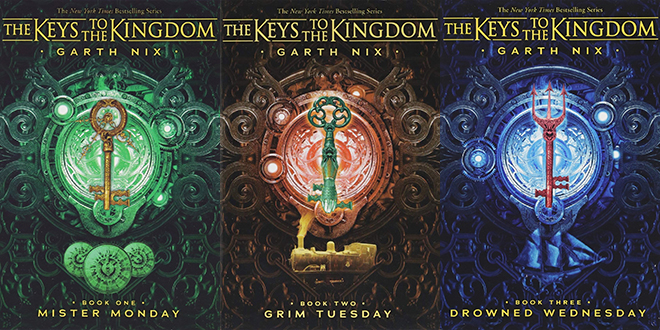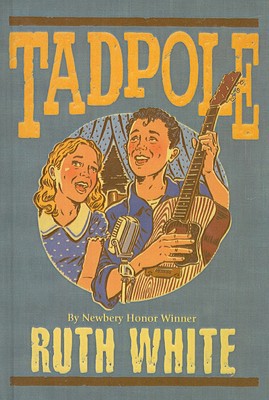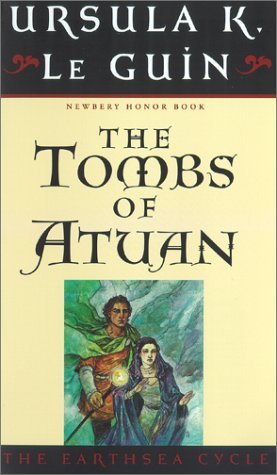[button color=”black” size=”big” link=”http://affiliates.abebooks.com/c/99844/77798/2029?u=http%3A%2F%2Fwww.abebooks.com%2Fservlet%2FSearchResults%3Fisbn%3D9780553211238″ target=”blank” ]Purchase here[/button]
The Pickwick Papers
by Charles Dickens
The actual title is The Posthumous Papers of the Pickwick Club. This is the first novel Dickens wrote. Some would argue that his first real novel was, say, Nicholas Nickleby, but let’s not split hairs. The idea came about in an interesting way. He had published a number of articles in various magazines, and a publisher approached Dickens with the proposal of doing a series of satirical “sporting pieces” that would, essentially, pull the nose of all the gentlemanly pastimes of contemporary (1836-7) England.
There wasn’t supposed to be a real plot line running through the series; the thread connecting them would be simply a set of farcical characters centered around Samuel Pickwick, a well-to-do amateur anthropologist who goes out into the countryside to observe different kinds of recreation such as shooting, cricket, journalism, and Parliamentary elections. And each piece was supposed to be written to go with an illustration by a certain artist who was well established in the trade, and thought that he was in control of the creative collaboration.
Well, the illustrator soon found out how wrong he was. He soon found that the literary genius of Charles Dickens wanted an illustrator to cater to it, not vice versa. And as a result, the illustrator literally blew his brains out after only one “number.” A few months after this tragedy Dickens established his lifelong creative partnership with illustrator Hablot K. Browne, and the two wrote and sketched under the respective pen-names of Boz and Phiz.
As for the novel itself, it gradually coalesced into a true novel with an actual plot, and characters that developed into more than they were at the beginning. This unexpected development turns The Pickwick Papers, by degrees, from a series of raucously funny sketches, into a full-blown novel that is as emotionally powerful, at its climax, as almost anything Dickens wrote.
Full of stories and songs, ridiculous descriptions of social foibles, and the awesome presence of Pickwick’s cockney servant Sam Weller, this book falls into the literary category (here I go again) known as picaresque. In case I didn’t scare you off just now, that word means that it’s a satirical story in which you get a guided tour of the real world, guided by a Wise Fool who is only wrong when he’s sure he’s right, and who is most right when he seems most wrong. Sometimes Pickwick is your guide, but most of the time Sam Weller is. Even if you have never loved a fictional character before, you will love Sam Weller. And for the reasons he loves Samuel Pickwick–ridiculous as Pickwick seems, at first–you will come to love Pickwick too.
So many things happen in this book that I fear I would ruin your enjoyment by giving any of them away, but just to whet your appetite, there is the melodrama surrounding the nefarious “adventurer” Alfred Jingle…the story of a man who gets locked out of his boarding-house naked in the middle of the night…a man who finds himself fighting a duel because someone else wearing his clothes caused a scandal…the fat boy who is always either eating or sleeping, except on unlucky occasions when someone is hoping not to be observed…and the whole legal nightmare that develops when Pickwick’s landlady mistakes his request for a new manservant as a proposal of marriage, which ultimately becomes the core of this novel.
What more can I say of a book in which a man hears that his worst enemy has gotten married, and replies: “Serves him right!”




